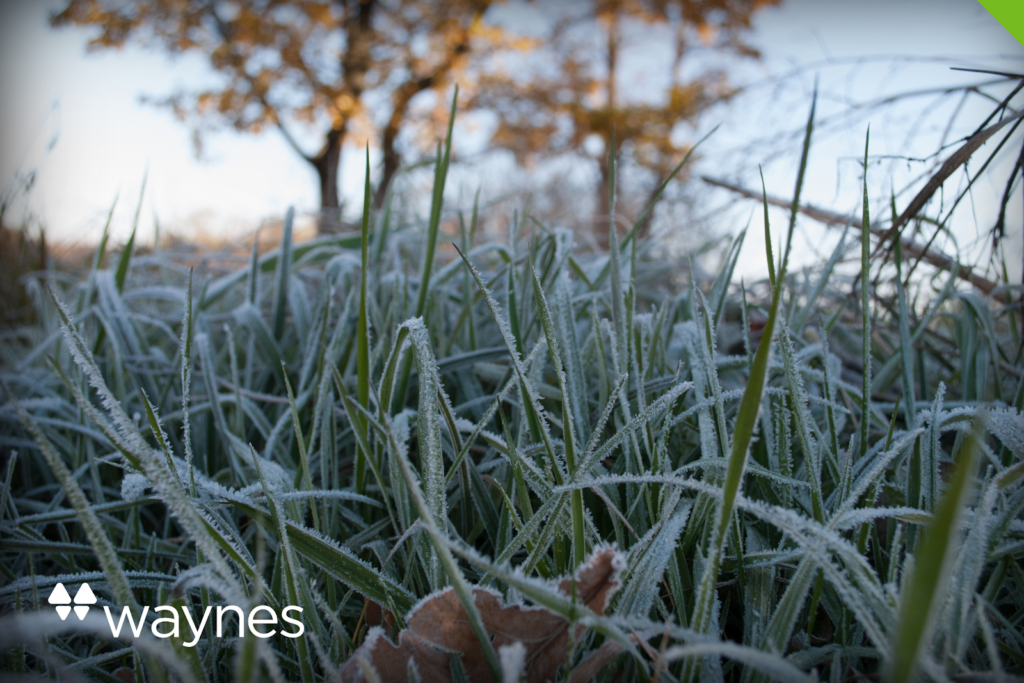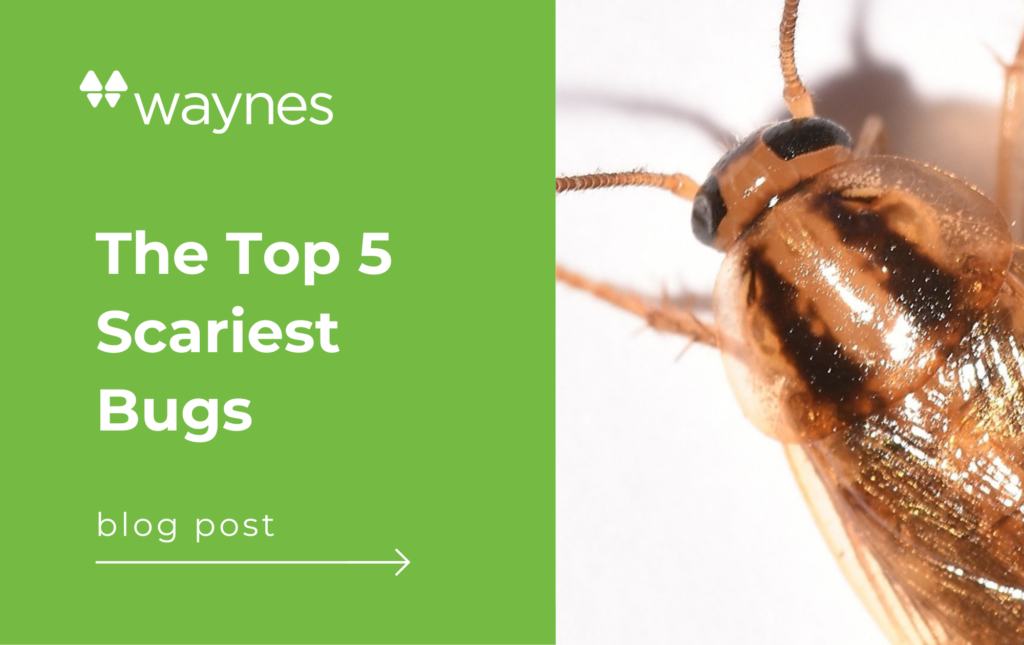Colder weather is on its way, and those plants you nurtured all summer may need to be relocated. Sure, some of them will be able to survive the cold weather conditions that winter brings, but others will need to migrate indoors. To help in that effort, the Waynes team has put together some tips for those of you looking for a little guidance on what to do.
Which of My Plants Should I Bring Inside?
Your first instinct might just be to bring ALL of your plants inside. But you’ll need to be mindful, as some of them may not survive the move or may not be worth the hassle. Ask yourself the following questions when deciding which plants to bring in:
- Does the plant have pests?
- Where will this plant fit in my home?
- Is it healthy?
- Do I really like this plant?
- Will it cost a lot to replace?
Your answers to these questions should help you make your decision.
Just as some of your plants won’t survive being outside in winter, some of them won’t survive being inside your home. The humidity will be different from what the plants are used to and there won’t be as much access to sunlight. If the plant is high-maintenance, it may not survive indoors.
However, there are many perennial plants, like pansies, hostas, peonies, violas, and ornamental cabbages that can survive winter, so no need to bring them inside. Some will enter dormancy, then start to grow again when the conditions are right.
At What Point Should You Bring Your Plants Inside?
After you’ve established which plants will come inside, you might wonder when is the right time to make the transition. For tropicals, it’s best to get them inside before temperatures drop below 50 Fahrenheit. Most other plants, however, can handle temps as low as 45 degrees, possibly lower.
Repotting and Pruning
Identify any plants that need to be repotted. That could be because they look tired, with less than healthy branches and leaves. It could also be because you don’t have space for them, at least as big as they’ve grown through the summer.
For whatever reason, you can cut back up to a third of each plant – both above and below the surface of the soil. Use clean, sharp pruning shears to cut back any dead or damaged growth, including roots. Once the pruning is complete replant them in fresh soil
Debugging Plants Before Bringing Them In
Just about any plant that has spent the summer outdoors will have become a home to bugs. While not all are bad, it’s best to leave the insects outdoors. So, you’ll need to debug the plants before bringing them inside.
Before you begin the process of inspecting and cleaning the above-ground portion of your plants, you’ll need to debug the soil. For those plants in pots with drainage holes, fill a vessel, such as a tub or bucket, large enough to submerge your plant’s container in tepid water. Soak for about 15 minutes to flush any pests out of the soil. Skim and discard the debris, including insects, floating on the surface of the water with a strainer. Remove the pot from the bucket and allow it to drain for about an hour.
For pots without drainage holes, soak the plants’ soil with a mild soap and water solution, and allow to dry somewhat. (This may take a few days, so plan accordingly.) If possible, also clean the containers – inside and out – that are coming inside.
Next, you’ll need to inspect, then clean, the aerial portions of the plant. First, especially for larger plants, hose them down to remove as many pests as possible. Then, wipe down the leaves with a mix of mild liquid soap and water. If you see scale (brown, flat ovals on leaves and stems) or mealybugs, use a cotton ball or swab dipped in rubbing alcohol to wipe them away.
Caring for Your Plants When They’re Inside
Once your plants are inside, you’ll most likely need to care for them differently than when they were outdoors. Keep these things in mind:
- Don’t over-water your plants. They aren’t getting as much sunlight, nor is their new habitat probably as warm as it was during summer; therefore, they require less water when inside.
- Still, don’t let the soil dry out.
- Keep your plants near a light source. It could be artificial or natural light.
- If your plants are growing out of control, be sure to prune them.
- If pests return, you may need to repeat the measures described above.
Need Help or Advice?
If you find you have a pest problem after bringing in your plants and the above tips don’t take care of them, we are here for you! Call us at 866.WAYNES1 or communicate with us by email.









